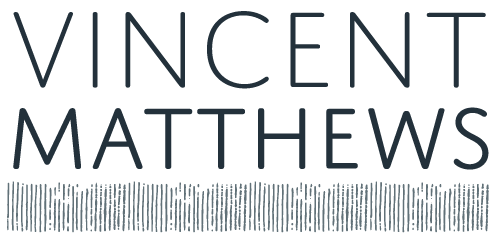It’s never too late…
An artist friend recently handed me an excellent article by Waldemar Januszckak about how more older emerging women artists are now of interest to galleries and dealers (some well into their 70s), which I think is a very good thing. I think this also applies generally for all genders.
Young emerging artists have usually been the focus in the contemporary art world. I am all for encouraging them but it has often meant unfairly that talented older emerging artists can be overlooked.
With the young being brought up in the digital age, things seem to be changing, as the more mature artists starting out, or those who have been overlooked, often bring their rich life experience to their art, giving it more depth. They can also bring years of old fashioned handmade skills, as well as their past backgrounds of professional occupations, into their approach and creative work.
Early images above, some created while at City Lit and Camberwell, including an early oil painting of a boat house
In this interesting Guardian Newspaper article, it explains how a lot of the masters produced their best works when they reached 50 years of age, like a lot of architects, designers and other creatives: https://www.theguardian.com/artanddesign/2014/sep/02/artists-over-50-better-late-than-ever-turner-matisse
This article lists some famous artists that started later in life, such as Claude Monet, Vincent Van Gogh, Paul Cezanne and Edward Hopper : https://blog.redbubble.com/2014/05/6-artists-who-started-very-late-in-life/
Another famous 20th Century artist that started late is Jack Vettriano, first getting recognised when he was 37 by having his work accepted into the Scottish Royal Academy in 1988, having previously been a apprentice mining engineer.
Like me, there are a lot of my male contemporaries that I could include as starting later, such as Jonathan Hateley, Will Taylor RBA SGFA and Les Williams PSGFA, who is the current President of the SGFA.
This all confirms that it is never too late to start as an artist.
My old shoes - watercolour
How to get started as an artist…
For those starting out, I would recommend they attend various courses at places like CityLit and workshops (often run by experienced artists/makers more locally), to learn the necessary skills. One can learn a lot from structured life drawing classes too. I loved my foundation course when I was a teenager because I got to learn and to try different media, such as sculpture, photography drawing, painting etc. It also broadens one’s outlook and helps to develop the mindset. It is not good to be just a one trick pony, which will become boring and unfulfilling after a while.
One does not need a degree to become a professional artist but I found that the two year part time contemporary fine art course that I did helped me a lot, after I had already done several short courses. It enabled me to find the right type of art and approach to suit me. The big mistake a lot of amateurs make is to start with one of the most difficult mediums of watercolour, which is a draughtsman’s medium. If you can’t draw well, it shows. It is a journey, not a race and one never stops learning. Enjoy it, be patient, be determined, be consistent and don’t try to run before you can walk. One has to put the work into it and to practice regularly, to hone one’s craft.
My advice would be that once you have mastered the above, then one would benefit from joining organisations such as Pure Arts Group, to develop a professional practice, network, and to develop confidence and resilience. Mentoring can also help greatly in developing one’s art direction, to balance life better and get support with how to approach galleries and grow a professional and sustainable art career.
It is also worth visiting “open” exhibitions, to see if one’s work suits and is of the required standard, with a view to applying and submitting artwork. National professional societies are worthwhile and one gets to meet like minded artists (which is also very important), with other opportunities to exhibit artwork following through in time.







